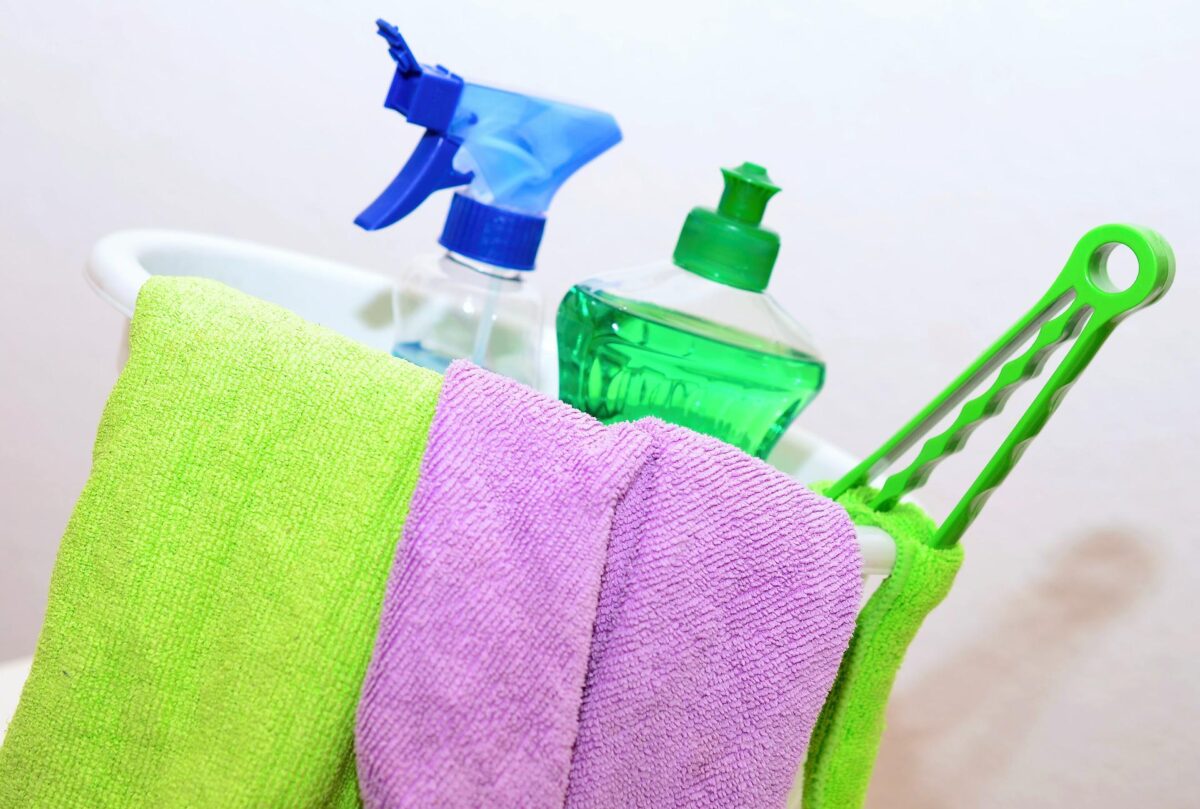Opening a Food Service Business?
Three Tips To Keep Your Walk-in Clean
When it comes to keeping your walk-in clean, it’s important to prevent the build-up of dirt, germs, and bacteria rather than waiting to remove the grime after it’s already occurred. Regular cleaning will both keep your equipment in top working order and also help to ensure the health and hygiene of your staff. Both preventive and routine cleaning will save you time, money, and effort in the long run by preserving the quality of your product and the walk-in itself.
Tip 1: Use Food Storage Bins
Our first tip for keeping your walk-in clean is to use safe food storage bins to separate different types of food. This prevents cross-contamination, and it also makes it easier to keep your equipment clean. Use plastic storage bins with lids or a tight-sealing plastic wrap for clarity of contents and easy labeling. Either option will help to prevent the spread of mold and bacteria.
Easy Clean-Up
Storage bins also make cleaning up spills so much easier, saving you time and money. For example, even if you’ve wrapped up thawing meat tightly in plastic wrap, it’s still possible for it to leak through. Organizing food in storage bins will prevent the meat juices from getting into the broccoli, saving you from having to toss everything out. Additionally, plucking out a dirty bin from the walk-in and running through the wash saves your staff the hassle of mopping up a huge spill all over the walk-in shelves and floor.
Check out these articles for more tips on organizing your walk-in cooler and freezer!
Labels Prevent Spoilage
When storing your food products, label any packaging that may come into contact with the food. That includes its original packaging as well as any storage containers or wrapping you may add. Write any relevant dates on the label, including when the product was purchased, thawed, or opened along with a “use by” date.
To get an idea of how long something will last, refer to resources for food storage times. Lists for both walk-in coolers and freezers exist, so you can get a good idea of how long a certain product will keep. Ideally, use the products before they reach their “use by” date, but if you can’t, dispose of them as soon as the date passes. Strictly abiding by your labels will help reduce the spread of contaminants and help keep your walk-in clean and sanitary.
Tip 2: Don’t Prop Open the Door
Keep the door to the walk-in closed at all times. Except for the brief moments while you step in and out of the cooler or freezer, reducing the time the walk-in door is open will help prevent the spread of contaminants throughout the space.
First, keeping the door closed will help the walk-in maintain its temperature more consistently. If the temperature fluctuates dramatically (by letting in warm air), then your refrigeration unit will have to work harder. An overworked unit results in more maintenance problems and more money.
Secondly, leaving the walk-in door open increases humidity, which the refrigeration system has to condensate and eliminate. Higher humidity in the walk-in leads to better growing conditions for… you guessed it… mold! Prevent contamination by keeping the door closed.
Tip 3: Soap & Water Is All It Takes
Along with your regular maintenance checks, keep a routine cleaning schedule for your walk-in. To clean your walk-in equipment, you’ll need the following materials and equipment: plastic or rubber gloves, paper towels or rags, soap, warm water, and a methodical approach. Just using regular soap is key because more astringent detergents might damage the metal finishes on your walk-in. Cleaning the internal areas of the walk-in will help reduce grime and prevent accumulation of bacteria., while cleaning the more mechanical parts (like the condensing coils) will help the walk-in run smoothly. A well-functioning walk-in keeps the air dry and cool, preventing the spread of contaminants. For some specific guidance on keeping your walk-in clean, refer to our chart below.
Guidelines for cleaning your walk-in
Walk-In Part | How to Clean | How Often |
| Shelves and Bins | Soap & water | After use/monthly |
| Floor | Sweep and a well wrung out mop with mild soap & warm water – dry thoroughly. Do not pour water on the floor. | Bimonthly |
| Evaporator & Condensing Coil | Coil cleaner with a stiff-bristled brush | Twice per year |
| Door Gaskets | Wash with warm water & baking soda mixture. Dry with a soft cloth, inspect for cracks or stiffness | Monthly |
| Door Handle | Sanitize with soap & water or disinfectant | Daily |
| Drain Lines | Contract professional to unclog lines | Once per year |
| Wall panels | To maintain the appearance of the walls, clean periodically with warm water and a mild soap solution. Dry thoroughly to prevent ice buildup. Do not use caustic or abrasive cleaners. Do not hose down or pour water on wall (or floor) panels. Panel seams are designed to hold temperature not water. | Monthly |
| Freezers | Freezers must be cleaned with specific freezer cleaner products that are self-drying. Soap and water will freeze and should be avoided. | Monthly |
A Clean Walk-in Is a Lasting Walk-in
The best way to preserve the lifespan of your equipment is to keep it clean and well-maintained. Not to mention, a clean walk-in will help you consistently meet health codes and better preserve the quality of your product. In addition to maintaining a good cleaning practice, start your business off with a high-quality walk-in. Arctic Industries offers several lines of customizable walk-ins that are simple to maintain and easy to clean. Check them out here, and reach out to our support team at support@arcticwalkins.com if you have any questions.

